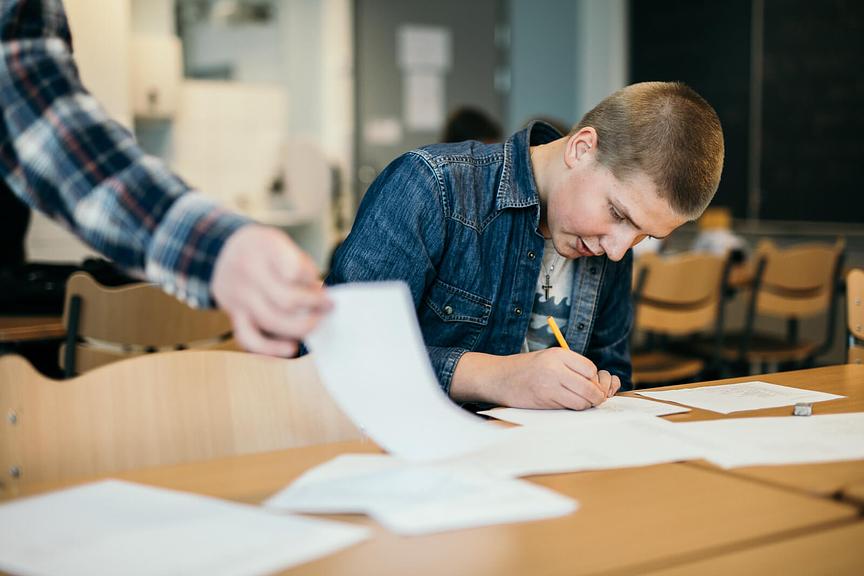In Finland, there is an attempt to extend careers by getting young people to start working life earlier. Universities are reforming their admission criteria and the aim is to get more young people to continue their studies straight after high school. However, at this stage of their lives, high school students' knowledge and skill set required for working life are still lacking, as working life collaborations as rare.
Studies have shown that young people would like to be more informed about working life. Additionally, nearly every third of high school students have already decided in advance to take a gap year after high school year instead of pursuing further studies, as they feel that they need more time to decide on what field to study. New ways of collaborating with working life need to be incorporated into high school.
TET 2.0 supports young people with future career choices, giving them successful work experience. It is an introduction to working life for high school students; a new collaboration model, where working life and high school meet.
During the period, students have a chance to meet experts in different fields and learn about the possibilities of various educational paths from professionals. Students are also encouraged to ask about and question companies’ existing strategies and ways of operating. This will enable young people to identify problems that need to be solved and ultimately to come up with innovative solutions to the challenges of the workplace.
Businesses taking part will also benefit from the TET 2.0 period. They gain access to a skilled workforce for a short period of time. Collaboration also increases awareness and attractiveness of the industry in question, making students aware of new professional opportunities when applying for further studies.
In addition, young people provide businesses with new and innovative perspectives to the industry and question the prevailing practices. This way businesses receive direct feedback from their potential product and service users and can take advantage of this information in research and development later on.
One important aspect of TET2.0 is to support the young person's understanding of themself. During the period, students focus on reflecting on what they are good at and how they act in different situations. The aim of the acquired experience during the period is to strengthen young people's confidence, confidence in their skills and develop self-knowledge. Achieving these aims will help young people to choose a and find a suitable education path.



